Project Procurement Management Expert : Enhance Project Success
Navigating the complex world of project procurement management can feel like a daunting task. I’ve been there, and I’m here to tell you it’s not as scary as it seems. With the right knowledge, you can transform this seemingly overwhelming process into a strategic asset for your projects.
In this article, I’ll shed light on the essential aspects of project procurement management. From understanding its importance to learning effective strategies, we’ll explore how it can make or break your project’s success. So, strap in and get ready to master the art of procurement management.
Understanding Project Procurement Management
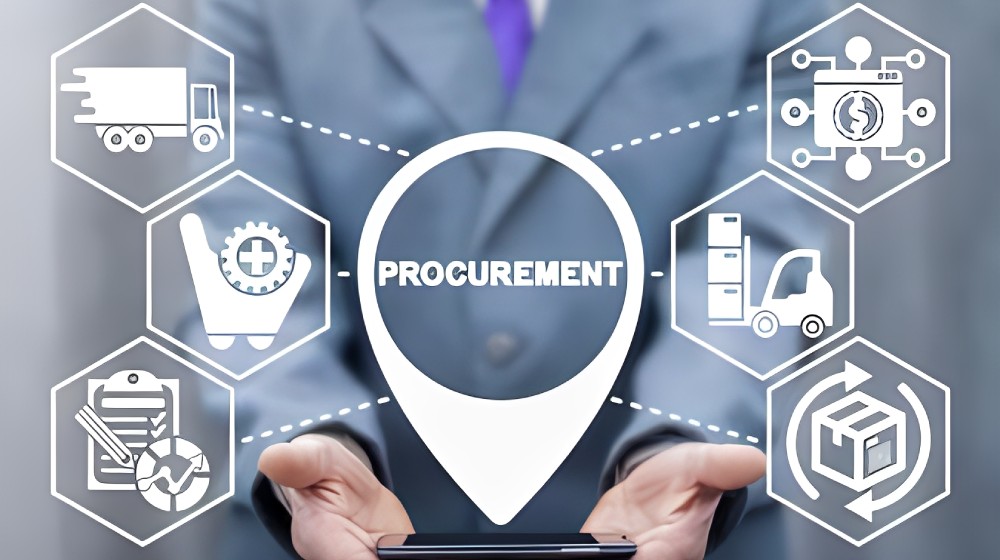
Transitioning from recognizing procurement challenges to truly understanding how procurement management operates in project-based contexts, allows for the mastery we discussed earlier. Let’s delve into its role and the key terminology associated with this concept.
The Role of Procurement in Projects
Procurement plays a pivotal part in project management. Contrary to what you might think, it’s not primarily about purchasing. It consists of a series of activities revolving around procurement planning, solicitation, selection, contract administration, and contract closure. To drive the point home, consider this example: a construction project requires various resources – material, labor, and equipment, among others. Acquiring these resources, through procurement, enables the project’s completion. Therefore, procurement is essentially the building block to fulfilling project needs, by ensuring timely and effective resource availability.
Key Terminology and Concepts
Understanding project procurement doesn’t just involve familiarization with its role in projects, but also requires knowledge of key terms and concepts. Some of these include:
- Contract: This is a legally binding agreement between the buying organization and the seller. It outlines the goods or services to be delivered, conditions, deadlines, and penalties.
- Request for Proposal (RFP): It’s an invitation for suppliers to submit a proposal, detailing how they plan to meet procurement requirements.
- Purchase order (PO): After selecting a supplier, the buyer provides a PO, which is essentially a commitment to purchase goods or services.
- Procurement Management Plan: This is a comprehensive document that outlines how the procurement process will be managed, from inception until contract closure.
By recognizing these terms and concepts, comprehension of project procurement management intensifies, facilitating better procurement strategies and, ultimately, project success. Let’s build on this knowledge and continue expanding our understanding as we uncover more aspects of procurement.
Planning for Project Procurement
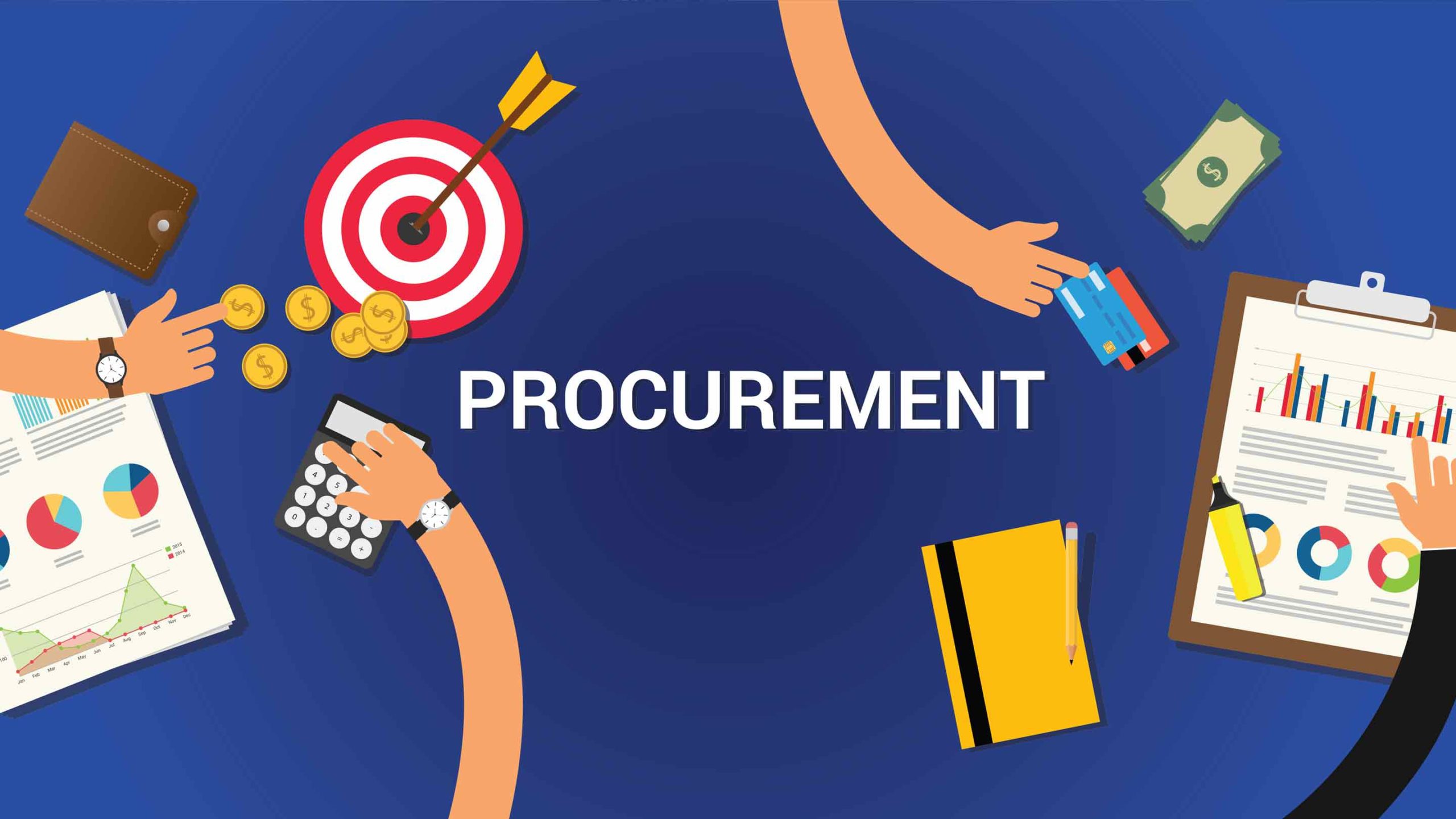
Identifying Procurement Needs
As I move forward in this guide, it’s vital to discuss the process of identifying procurement needs. It’s a crucial first step in project procurement planning which involves assessing what components or services a project requires but can’t produce in-house. It’s a blend of technical understanding and strategic foresight that ensures the project stays on track with its goals.
For instance, let’s consider a construction project. It may require certain materials, like specific steel beams, that it’s incapable of manufacturing. Thus, the project team identifies this as a procurement need. Seeing the specifics in this way leads to clearer project guidelines, improving effectiveness in subsequent stages.
Developing the Procurement Management Plan
Once we’ve identified the needs, developing a procurement management plan is up next. The plan outlines how the project team intends to acquire necessary resources. It charts out processes for supplier selection, contract administration, procurement scheduling, risk management, and much more.
In our construction project example, the procurement plan would outline where to source the steel beams, how to evaluate potential suppliers, when the materials should be delivered, and what contingencies are in place if issues arise. By planning, the project’s procurement strategy becomes a beacon of guidance, not a source of confusion.
Types of Contracts in Project Procurement
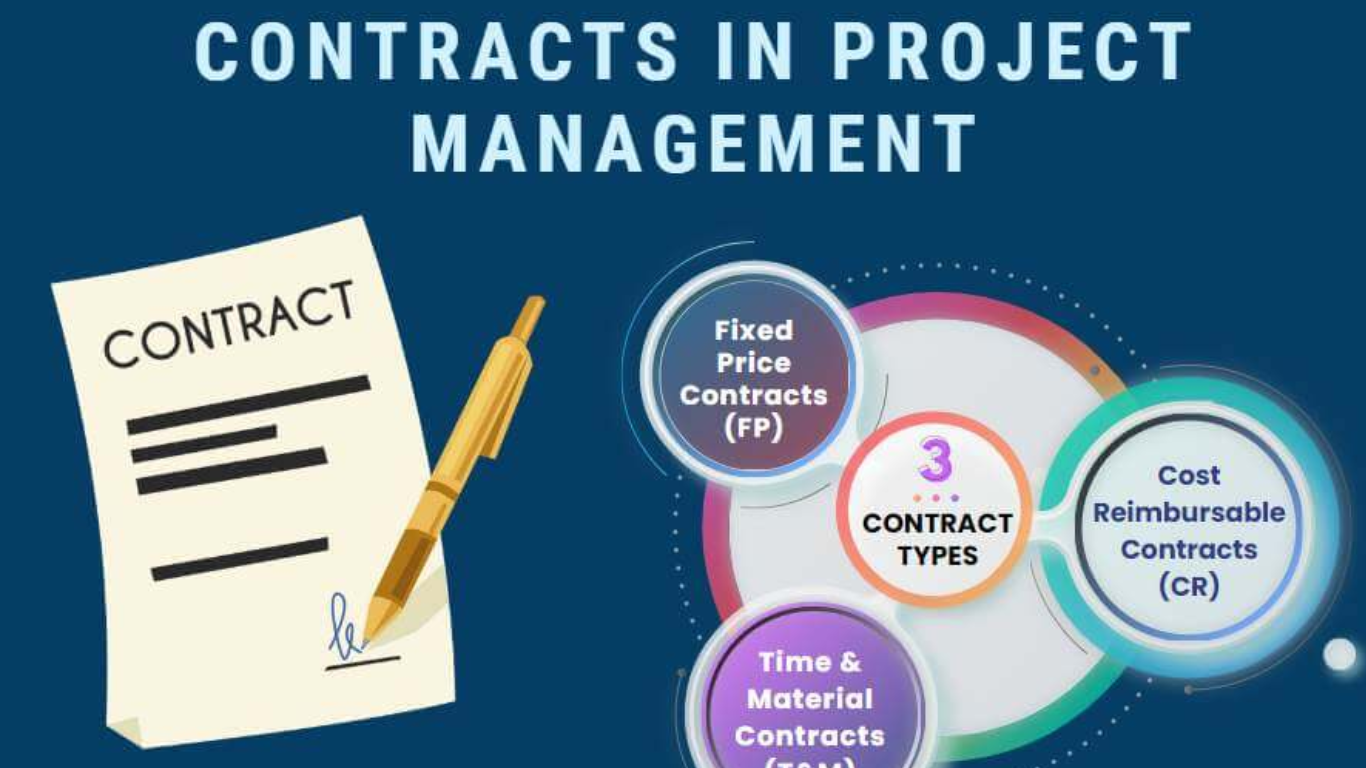
Project procurement management frequently incorporates a variety of contract types. These contracts, vital for attaining resources, often vary based on cost, timelines, and the nature of the product or service acquired.
Fixed-Price Contracts
Under a fixed-price contract, the vendor and the buyer agree on a set price for the goods or services in advance. This type of contract places the risk on the vendor. For instance, if the production costs exceed the agreed price, the vendor absorbs the loss. On the contrary, if the production costs are lower than the stipulated price, the vendor reaps the benefit. Examples of fixed-price contracts could include projects related to construction or manufacturing, where the scope is clearly defined.
Cost-Reimbursable Contracts
Cost-reimbursable contracts, on the other hand, are agreements where the vendor gets reimbursed for the actual costs they incur during the completion of the project. This cost includes direct and indirect costs plus a fee, which is either a profit or an incentive. These contracts favor the vendor, as they aim to cover all costs and still make a profit. Research enterprises and development projects typically use these contracts, given their inherent unpredictability.
Time and Materials Contracts
The final type, Time and Material Contracts, provide a framework for expenses that can’t be precisely estimated at the outset of a project. The buyer agrees to pay the vendor based on the time spent and materials used. Hence, these contracts are ideal for servicing or consulting contracts where the scope isn’t clearly known at the start. Here, the vendor charges for labor hours at a pre-determined rate, and for materials at cost. However, regular audits are crucial for ensuring that the vendor remains within ethical usage of the contract.
Contract choice in project procurement is a delicate balance of understanding project requirements and negotiating terms that protect the interests of both the vendor and the project implementing team.
Conducting Procurements
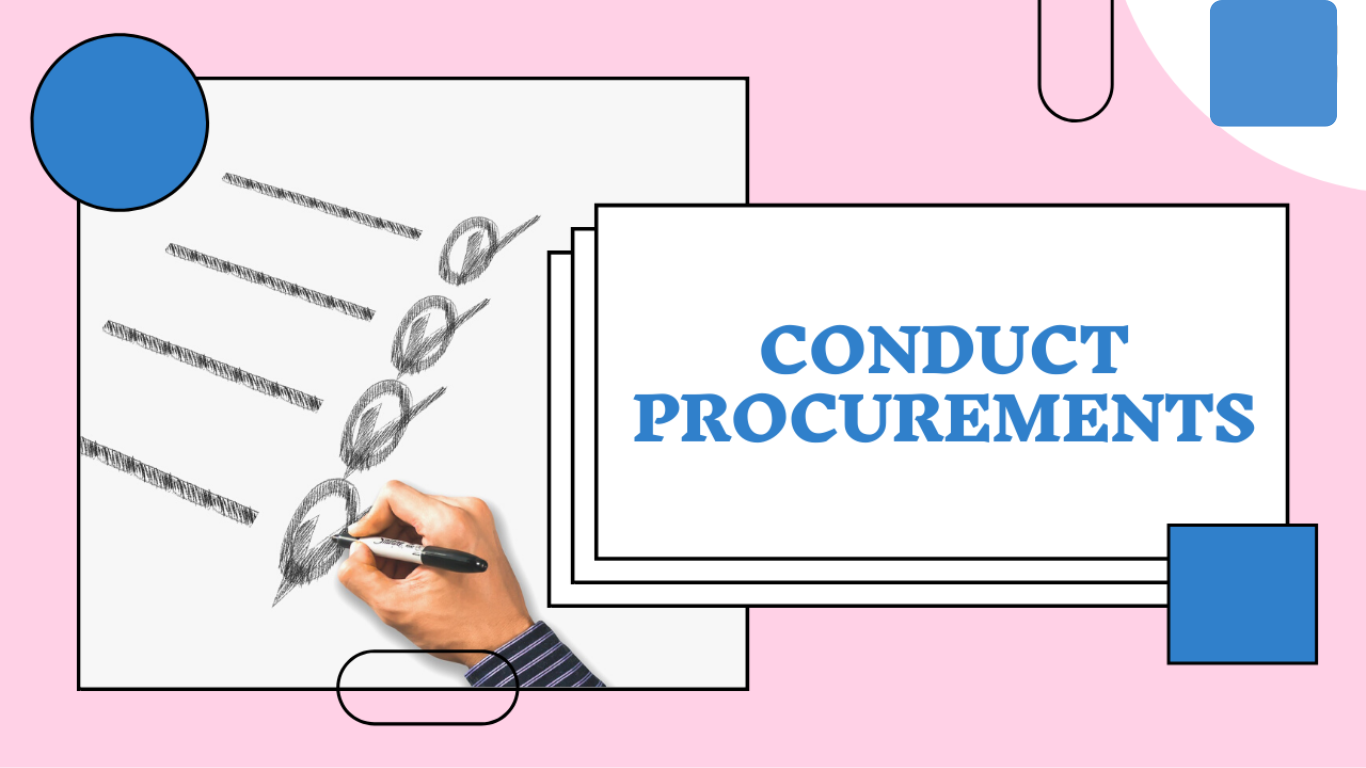
Conducting procurements involves steps that allow for an efficient procurement process. It’s essential to understand these steps since they echo the constant interaction present in project procurement management. As we delve into the steps, the focus rests on vendor selection, bidding processes, and proposal evaluation.
Selecting Vendors and Suppliers
Selecting vendors and suppliers forms a crucial part of procurement management. The success of a project hinges partially on their capabilities and performance. The selection process entails a thorough review of potential vendors’ abilities to meet project deadlines, quality standards, and cost requirements.
For example, let’s imagine two vendors – Vendor A and Vendor B. Vendor A has a great reputation but offers above-average prices. Vendor B, on the other hand, offers low rates but doesn’t have a proven track record. One must consider parameters like reputation, past work, financial stability, and customer support before making a decision.
Bidding Process and Proposal Evaluation
Following vendor selection, comes the bidding process, and proposal evaluation. Here, vendors submit proposals in response to a request. The proposal, essentially, reveals a vendor’s approach to achieving project goals within predefined budgets and timelines.
As an example, consider three proposals from Vendors X, Y, and Z. Vendor X proposes a fast timeline but with high costs. Vendor Y guarantees lower costs but requires a longer timeline. Vendor Z offers an average timeline and average costs. The choice depends on project priorities – whether it’s speed, cost, or some balance of the two.
In this process, it’s paramount to evaluate proposals carefully, considering multiple factors like cost, timeline, and the vendor’s ability to meet project requirements. Each proposal represents a different approach, and each requires a thorough evaluation for a fair and accurate selection.
Through vendor selection and the bidding and proposal evaluation processes, an effective, efficient procurement process can take shape, leading to stellar outcomes in project management.
Managing Procurement Relationships
Looking deeper into procurement management, I’ll now shed light on the crucial aspect of managing procurement relationships. The two chief areas I’ll focus on are ‘Clear Communication’ and ‘Contract and Supplier Performance Management.’
The Importance of Clear Communication
Communication forms the bedrock of any relationship, particularly in project procurement management. It binds vendors, stakeholders, and project teams, facilitating smoother execution. Schedules, cost, quality, and scope, become manageable elements with open and consistent communication.
For instance, consider a project manager relaying a change in design to the vendor. Clear, concise, and timely communication prevents misunderstandings that could lead to project delays and increased costs. Frequent communication also reassures vendors, promoting a sense of being part of the team.
Managing Contracts and Supplier Performance
The heart of procurement management lies in successfully managing contracts and supplier performance. Robust management ensures vendors meet their contractual obligations and deliver as per-project requirements.
An example clarifies this aspect better. Suppose there’s a vendor providing software development services for a particular project. Regular performance reviews ensure the vendor sticks to the outlined quality standards and stays on schedule. Contract management, on the other hand, guarantees that all predefined stipulations are maintained throughout the project’s lifecycle.
Overall, effectively managing procurement relationships demands seamless communication and stringent contract and supplier performance management. Remember, these are not isolated components but interconnected facets that determine the overall success of project procurement management.
Risks and Challenges in Project Procurement
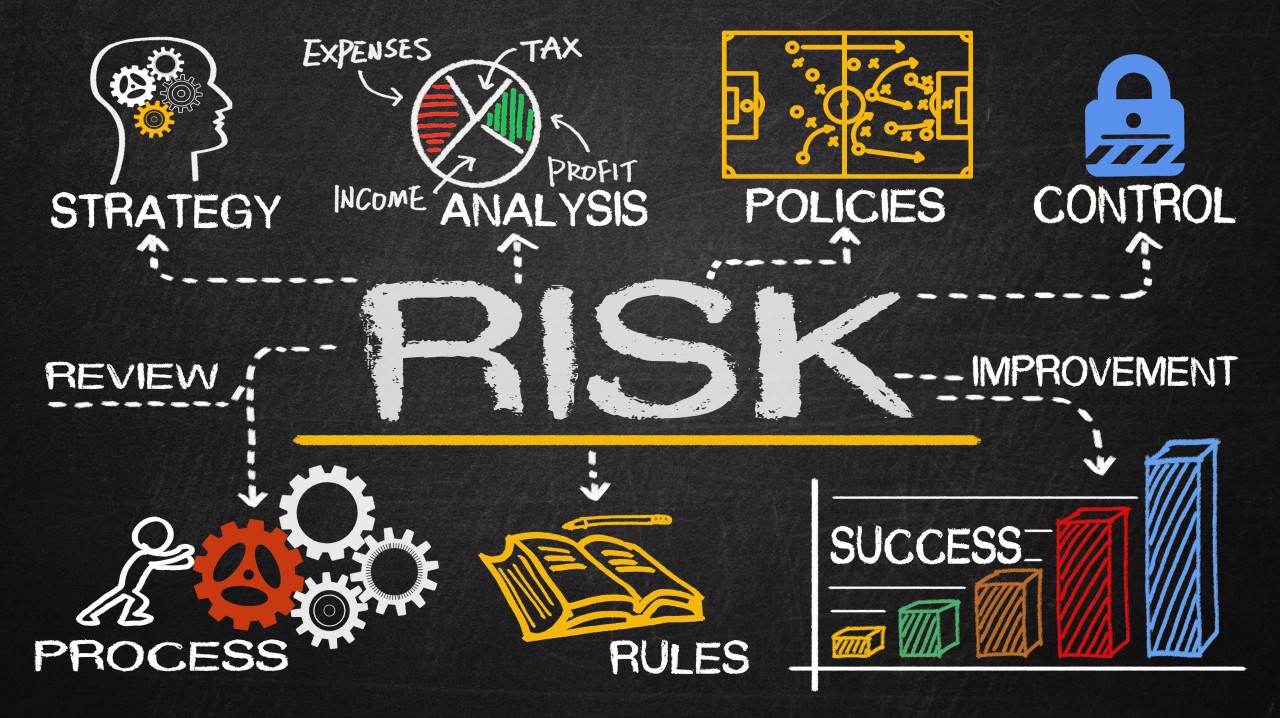
Coping with risks and challenges is a constant in project procurement management. Here, I’ll list common procurement risks and provide strategies to mitigate these.
Common Procurement Risks
Managing procurement risks necessitates identifying possible challenges that could pose a threat to project delivery. Chiefly, there are four major procurement risks:
- Market Risks: They are a reality due to fluctuating market conditions. A sudden surge in prices of goods and services, suppliers going bankrupt, or shortages in supply are prime examples.
- Legal Risks: They pose a threat when non-compliance with laws and regulations occurs. These might result from issues such as contractual breaches, disputes, or even frauds.
- Operational Risks: They arise from within the project’s operations. Examples include poor supplier performance, delays in delivery, or quality issues in procured goods or services.
- Reputational Risks: These stem from negative public perceptions and can severely damage a project’s reputation. Examples include supplier misconduct, negative press, or public perception that the project supports unethical businesses.
Mitigation Strategies for Procurement Risks
Overcoming procurement risks involves formulating tactical strategies that are both preventive and counteractive. Here are four mitigation strategies:
- Market Risks: Keen market research and a strong network of suppliers provides a buffer against market volatility.
- Legal Risks: Ensuring airtight contracts, compliance checks, and proper documentation can help in mitigating these dangers.
- Operational Risks: Develop a robust procurement strategy, select your suppliers diligently, and keep a strict quality control for operations. This can help eliminate operational inefficiencies.
- Reputational Risks: Transparency in procurement processes and selecting ethical suppliers aids in managing reputational risks.
Each project is unique and may encompass other risks too. However, a well-structured procurement management strategy will help harness these risks and foster project success.
Stay mindful, stay prepared – project procurement risks are many but the strategies to tackle these are at your disposal.
Using Technology in Project Procurement Management
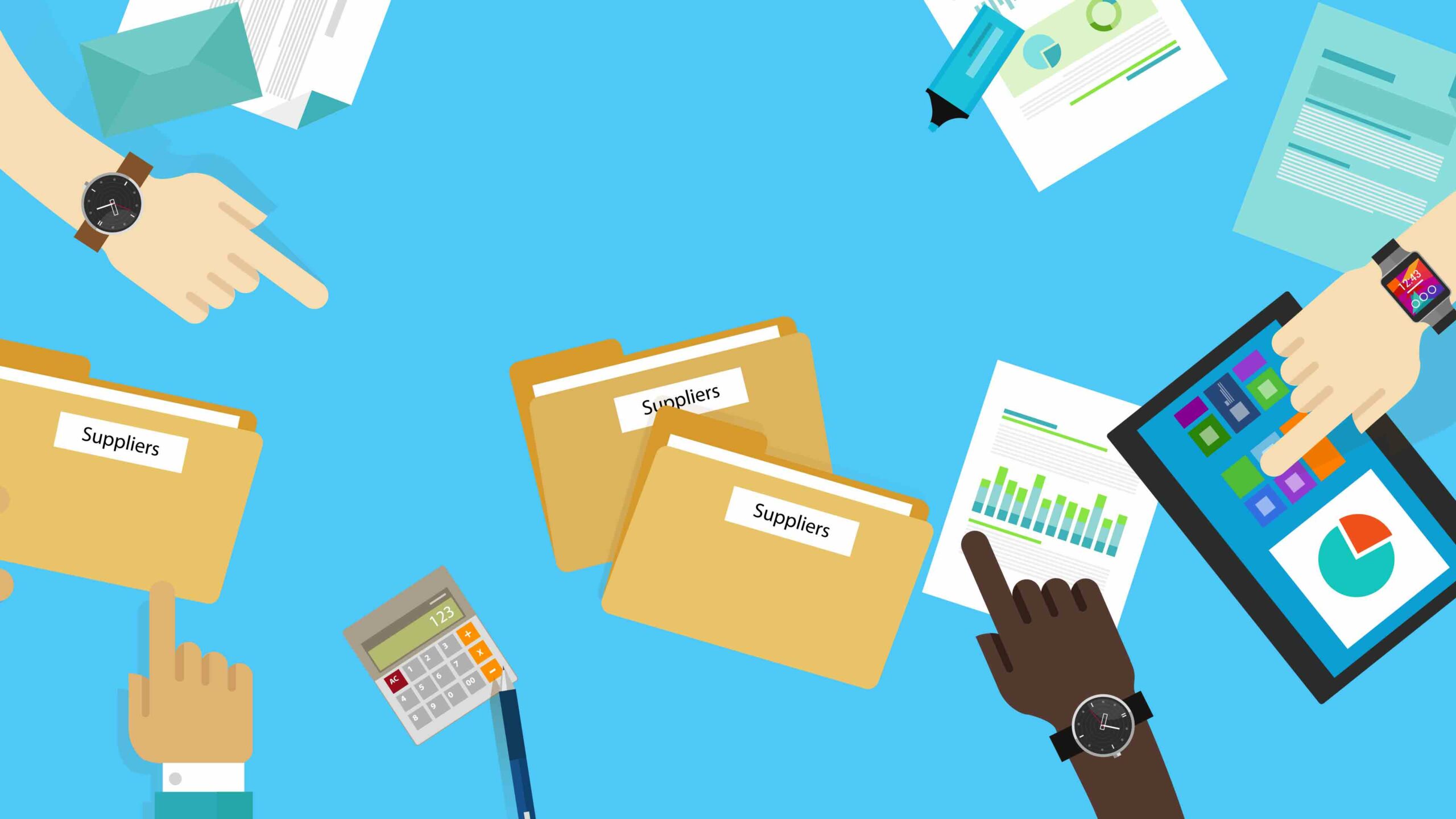
In the domain of project procurement management, technology holds a key role. I’m going to delve into how software tools and digitalization influence procurement processes.
Software Tools for Procurement Management
Software tools offer a robust mechanism for managing procurement tasks. They streamline the process, enhancing efficiency and productivity. For example, procurement software like SAP Ariba and Coupa facilitate automatic sourcing and purchasing processes, making it easier to manage suppliers, contracts, and invoices in a centralized system. That’s crucial, as centralizing procurement data helps in driving cost savings, improving operational efficiency, and reducing risks.
The integration of artificial intelligence (AI) and machine learning (ML) with these software tools brings you an extra edge. For instance, AI provides predictive analysis, forecasting market trends and potential supplier issues. This prevents surprises, potentially avoiding costly oversights in the procurement process.
The Impact of Digitalization on Procurement Processes
Digitalization has a profound impact on procurement processes. It places automation, data analytics, and cloud computing at the core of procurement operations, redefining how organizations manage their procurement process.
Automation truncates the time spent on routine tasks. It speeds up the RFQ (Request for Quotation) process, minimizing manual work involved in data entry or supplier communication. This automation, in turn, frees procurement teams, allowing more time for strategic tasks.
Data analytics, another facet of digitalization, enables procurement managers to extract insights from a huge volume of procurement data. Data insights, such as supplier performance metrics and past negotiation outcomes, aid in making informed decisions.
Cloud computing renders a platform for operating procurement processes remotely. It brings procurement operations, paperwork, and communication under one virtual roof. That’s how digitalization enhances flexibility, letting your procurement team work comfortably from any location.
Employing technology in project procurement management promises significant advantages. It reinforces efficiency, reduces risks, and enables a forward-thinking approach to procurement.
Best Practices in Project Procurement Management
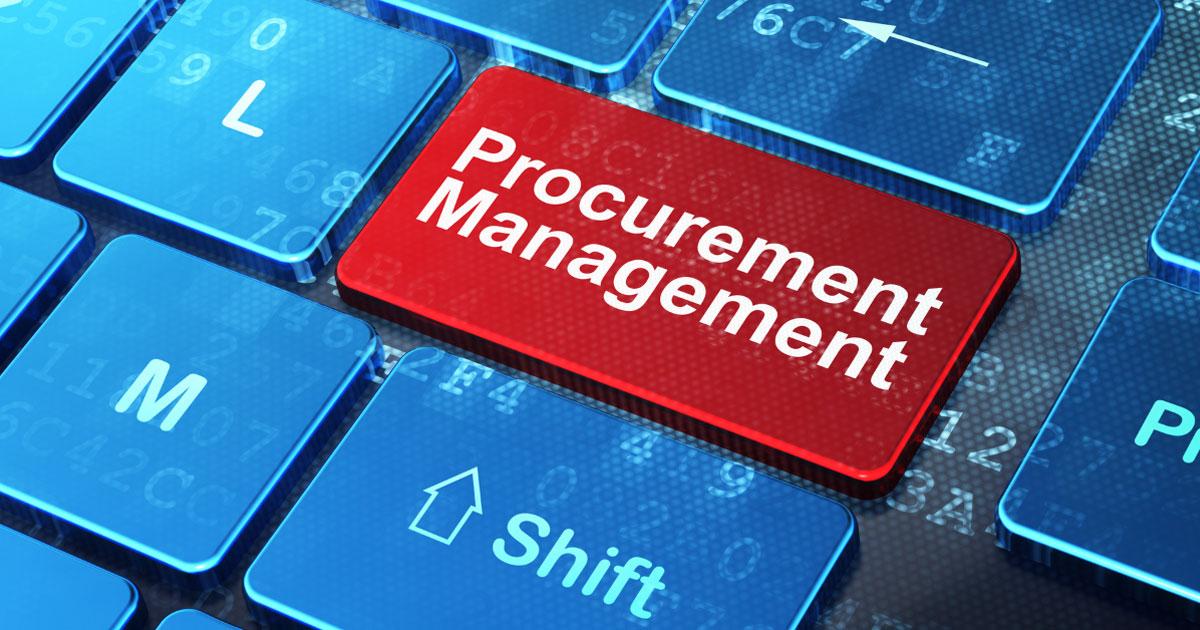
Success in project procurement management hinges upon a multitude of factors. Addressing ethical concerns and fostering continuous improvement embody two key best practices in the field.
Ethical Considerations in Procurement
Embedding ethics within procurement fosters accountability, promotes transparency, and nurtures trust between involved parties. From personal integrity and professional competence to fair competition, procurement management encompasses an array of ethical considerations.
- Maintaining Integrity: Acting in a trustworthy manner ensures confidence in the procurement process. For instance, honesty in financial reporting, avoiding conflicts of interest, and showing fidelity in contractual duties all affirm personal integrity.
- Upholding Professionalism: Demonstrating a high degree of professionalism supports a healthy procurement environment. Examples include respecting confidentiality agreements, continually upgrading one’s skills, and working to provide the best possible result for the organization.
- Promoting Fair Competition: Encouragement of competitive bidding can instill trust in procurement procedures, fostering a fair environment for potential vendors.
Continuous Improvement in Procurement Processes
Adopting a culture of continuous improvement in procurement processes reaps long-term benefits. The focus doesn’t just lie in refining the existing processes but also in embracing innovation and adaptability.
- Process Evaluation: Regularly reviewing the procurement processes forms the basis of continuous improvement. For instance, pinpointing bottlenecks in purchasing order cycles or identifying inefficiencies within contract management can help enhance overall performance.
- Embracing Innovation: Incorporating latest technological advancements like artificial intelligence or cloud-computing solutions indeed contributes to process evolution, as demonstrated by the adoption of software tools like Ariba and Coupa.
- Promoting Adaptability: Emphasizing adaptability fosters resilience within procurement processes. In an environment where market trends constantly shift, a capacity for flexible reaction strategies serves as a significant advantage.
Conclusion
Project procurement management’s strategic value can’t be overlooked. It’s not just about dealing with challenges; it’s about leveraging effective strategies and tools to drive success. From planning processes and contract types to managing relationships, every detail counts. And let’s not forget the role of technology. Tools like SAP Ariba and Coupa, AI, machine learning, and cloud computing are revolutionizing the field, enabling us to predict market trends and work remotely. Ethical considerations remain at the heart of best practices, with integrity, professionalism, and fair competition leading the way. Lastly, remember that procurement management isn’t a static field. We must embrace innovation and adaptability, always striving for continuous improvement. It’s the key to long-term success in this ever-evolving field.
Frequently Asked Questions
What is Project Procurement Management?
Project Procurement Management is the process of planning, executing, and controlling procurements in a project. It requires thoughtful deliberation of processes, types of contracts, and management of procurement relationships.
What are the common procurement risks and how can they be mitigated?
Common procurement risks include price volatility, delivery delays, and supplier default. Risk mitigation strategies involve detailed planning, regular communication, and a balanced approach to contract negotiation.
How does technology impact procurement management?
Technologies such as SAP Ariba and Coupa, AI, and machine learning enhance predictive analysis and market trend forecasting. Automation, data analytics, and cloud computing improve efficiency and support remote work capabilities.
What are some best practices in project procurement management?
Best practices involve maintaining integrity, upholding professionalism, promoting fair competition, continuous process evaluation, innovation, and adaptability.
Why is continuous improvement important in procurement management?
Continuous improvement ensures processes stay relevant, efficient, and adaptable to changes in the business environment, leading to long-term success in procurement management.
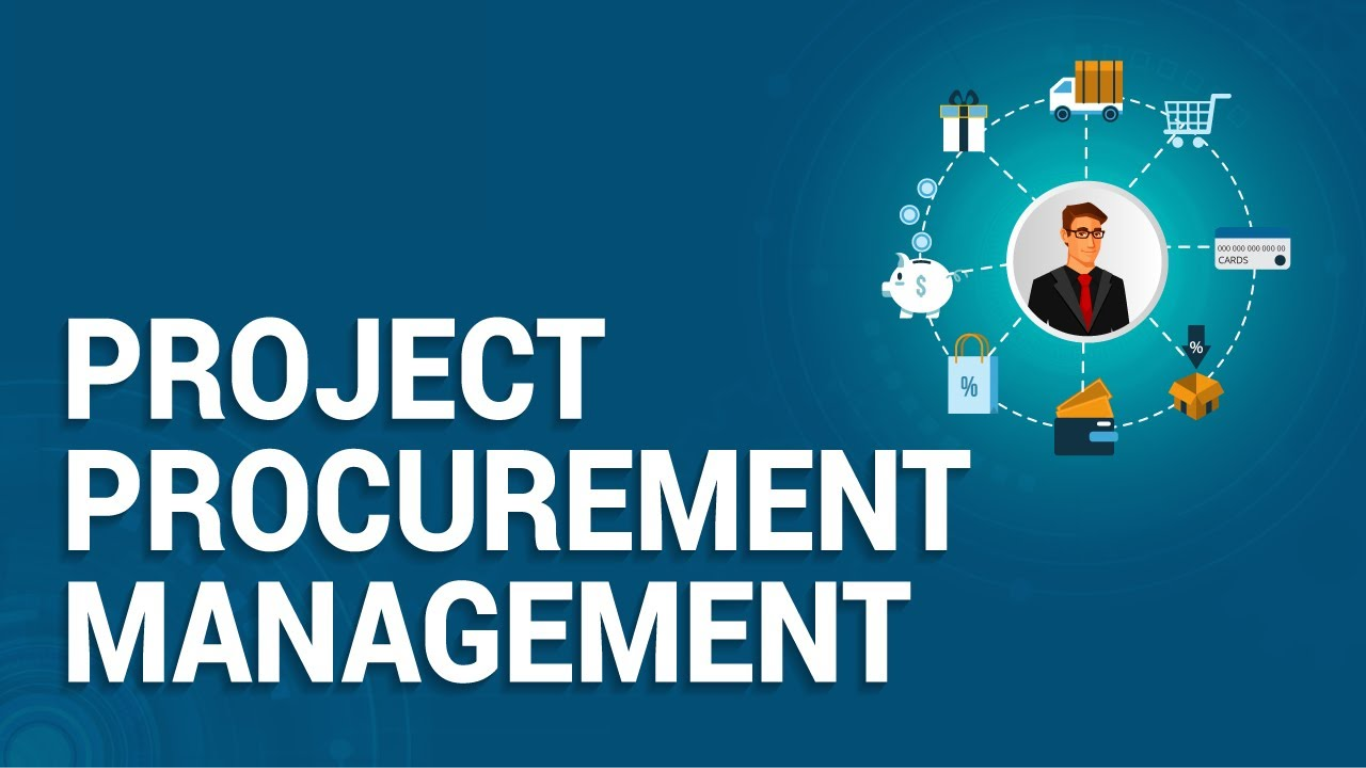
Leave a Reply